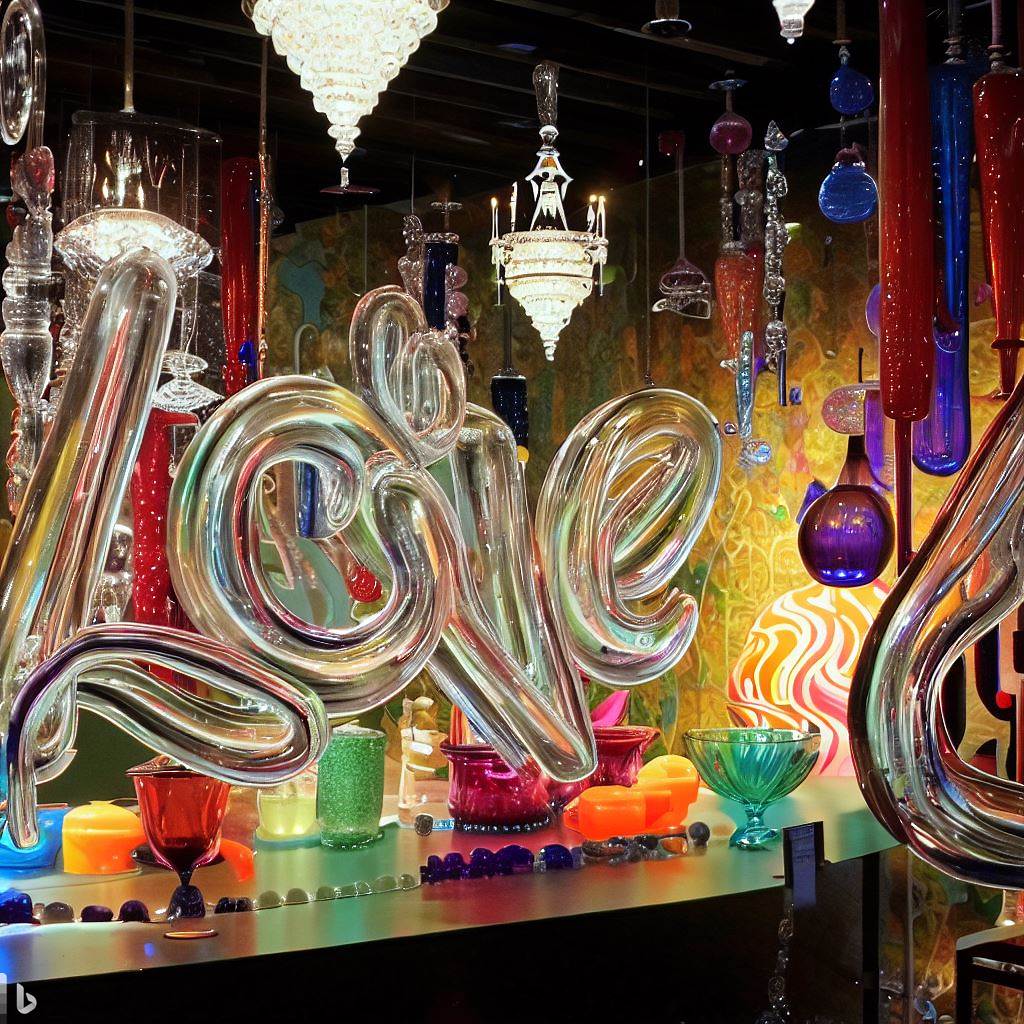Communicating Through Glass: Conceptual Expression in Blown Art
Beyond pure aesthetic appeal, glass as an art medium offers unmatched versatility for manifesting ideas. Its luminal translucency subsumes external light, refracting meaning within. By harnessing glassblowing techniques metaphorically, artists embed commentary, poetry, symbolism, and storytelling within their works to express personal perspectives creatively.
Abstract Concepts Take Form
Freed from representing physical subjects, blown glass readily conveys abstract concepts through imaginative forms. Emotionscapes by mixed-media glass artist Daniel Clayman encapsulate feelings esoteric as apprehension, catharsis, and wonder within swirling vessel shapes and textures that materialize the intangible. Cryptic etched codes and concealed objects reinforce conceptual weight.
Light and minimalism also manifest abstractions like contemplation. Ethereal cast sculptures by artist Ethan Stern subtly distort and segment the body into watery aquamarine reflections on identity and relationship. Through sensitivity, glass fluidly translates concepts into tangible substance.
Recontextualizing Glass Traditions
Some conceptual projects juxtapose classic glass techniques with contemporary contexts to reveal fresh resonance. Hawaiian glassblowers shape tropical fruits and coral, evoking leisure while referencing loss of endemic species. Other artists layer traditional Czech micromosaic patterns with anime graphics or internet meme language, colliding eras through glass.
By repurposing familiar methods and objects in disruptive combinations, traditional craft symbolically conveys current perspectives without preaching. Glass becomes a vessel for cultural commentary through bridges built artfully from past to present.
Incorporating Language and Text
Beyond pure form, words introduced into glass art add explicit clarity to communicate messages. Leili Ghazi sandblasts Farsi calligraphy and poetry into layered blown glass vessels, allowing the script to emit enigmatic meaning within the clear medium. Some artists use glass as a metaphor for fragile silence by trapping torn book pages into solid clarity.
Text etched or fired around pieces guides specific interpretations, allowing the combination of language and blown glass to speak powerfully. Words distill the blurred into sharp focus when incorporated thoughtfully.
Glass as Storytelling Medium
Building upon text, narrative imagery and sequential glass sculpture groups transform hot shops into theaters for imaginative mythmaking. Julie Conway creates triptychs and five-part works that illustrate mystical archetypal stories using layers of etched illustration fused within blown vessels. Other artists adopt laid out friezes and spiraling cyclical forms to recount mythical tales or personal memories through glass.
Like a comic strip frozen in crystal clarity, glass storytelling transports inner visions into sensorial reality others can experience. Through light and skill, it materializes pure imagination.
The Message is the Medium
Glassblowing requires focus and care that provides therapeutic departure from technology’s overload. But when combined creatively, the digital and tactile complement each other through glass. Some artists laser-etch internet creative commons graphics into ironic commented mashups updated daily. Others use glass as metaphor for internet transparency versus surveillance.
At its most intimate, the glassblower themself blows their own breath, passion, and perspective into the glass, merging creator with creation. The heart-centered intentional process manifests as concept made philosophy tangible. With care, glass releases inner truths to enlighten the outer world.
